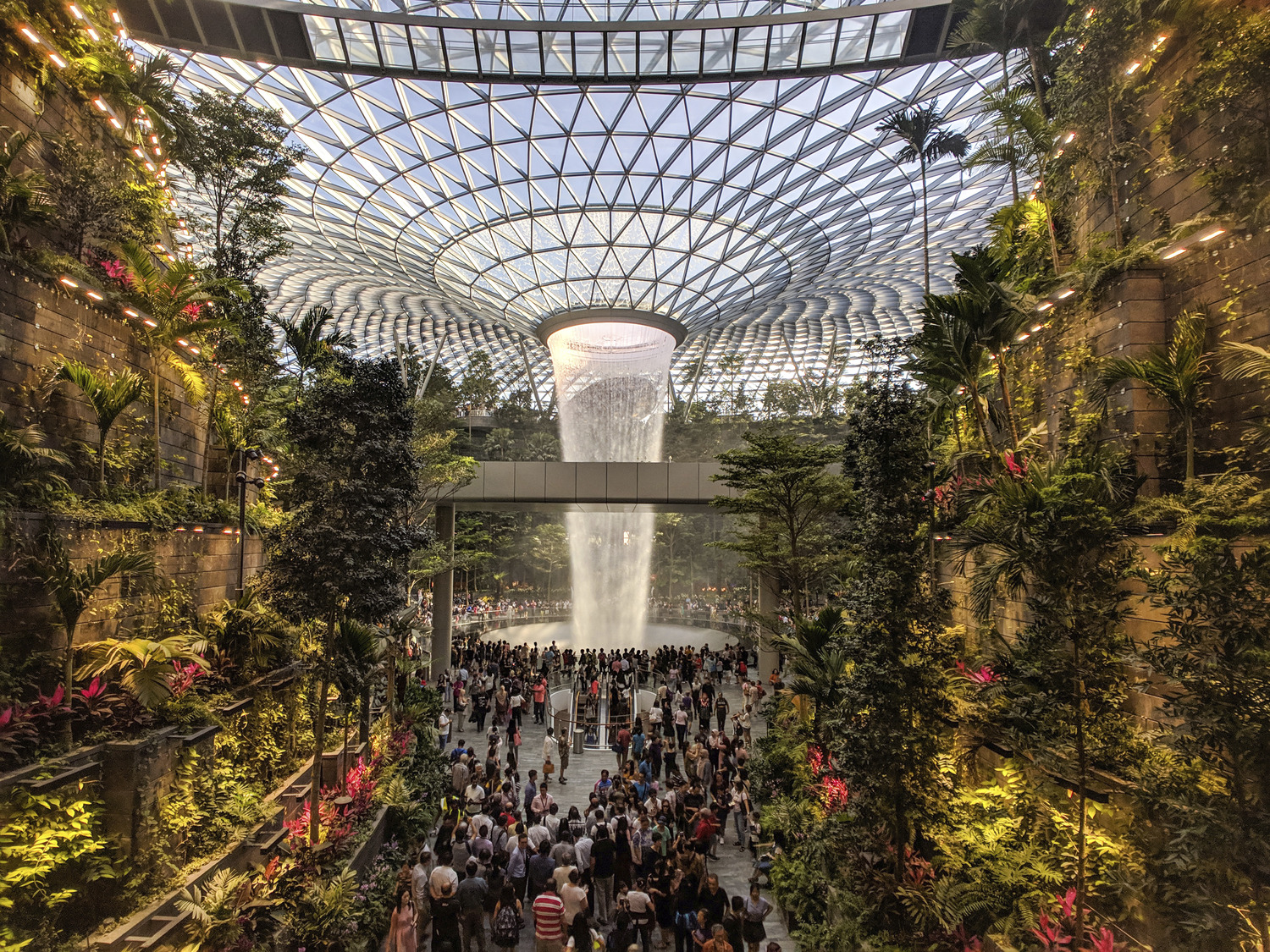“Frameless”: The Architecture of Immersive Art Experiences
Architizer is thrilled to announce the world' best architecture firms in 2024, all winners of the 12th Annual A+Awards! Want to get your firm in the running next season? Stay up to date by subscribing to our A+Awards Newsletter.
“Frameless” is the UK’s largest permanent multi-sensory art experience. In 1928, the Regal, one of the country’s most renowned cinemas, opened in Marble Arch in central London. Following WWII, the building reopened as Odeon movie theatre and in 2016, it became a mixed-use residential development with a very large (and empty) basement, initially intended to be converted yet into another cinema. Instead, the space was eventually transformed into four galleries, showcasing some of the world’s greatest works of art in the most innovative and immersive way possible.
Visitors experience the works of Dali, Monet, Kandinsky and van Gogh literally from the inside: they are not mere observers but rather stand within the art that envelops them, able to see, experience, and to some extent interact with the paintings’ tiniest details, while listening to carefully crafted soundscapes. The four galleries, Beyond Reality, Color in Motion, the World Around Us and the Art of Abstraction, recreate, through a series of projections, famous paintings from surrealism to impressionism and abstraction, and redefine what a traditional art gallery should be.
As an architect, I can’t help but wonder what sort of construction expertise and technology was required in order to materialize such complicated and large scale project. According to project manager James Griffiths, construction commenced in October 2021 and was completed in the impressive timeframe of only nine months. The three primary design principles of the project included: constructing a “narrative of materials”, having as little environmental impact as possible and operating “Frameless” with renewable energy.
According to project architect Angus Pond, different bases such as stone, metal, glass and fabrics were used to ‘create an environment that combines utilitarian functionality with a sense of glamor and even theatrical overtones.’ In parallel, the construction team found innovative techniques to reuse as much of the materials found on site and eventually power the venue by using 93% renewable energy. After the interior shell of the space was constructed, an impressive amount fifty 3-Chip DPL laser projectors were installed, delivering 479 million pixels and 1 million lumens of brightness and vivid colors, clearly depicting every brushstroke and splash of paint, and were complimented by 158 loudspeakers that emanated 360-degree surround sound.
Similarly to how artists throughout the centuries sought to bring their dreams, nightmares and myths into reality, “frameless” is a type of architecture that merges spatial technology, design and construction in order to transport the people living in reality to imaginary worlds. The project is an example of immersive architecture, proving that even though there is an array of implementation challenges, it is not impossible to create real-world “phygital” (physical and digital) environments.
Immersive architecture is most likely found in art and exhibition as well as entertainment venues, retail and commercial stores and public spaces, and has gradually become an integral part of the discipline, where carefully curated imagery, light, sounds and textures create impactful experiences that surpass traditional spatial design. Brand flagship stores often integrate interactive displays or creative lighting and acoustic solutions to “connect” the customer with their products. Installations in public spaces react to environmental changes, the time of the day and even to individual users, while performance spaces utilize projectors and surround sound to deliver state-of-the-art experiences.

Jewel Changi Airport by RSP Architects Planners & Engineers, Singapore
Still, what is so beneficial about this concept of hybrid reality and immersive architecture? Apart from the fact that spaces will continuously become a lot more personalized to each individual, by adding more “ingredients” to architectural design – such as sound, touch and even smell – space becomes more exciting. It is not by chance that such design methods are primarily used for producing entertainment and storytelling experiences since these uses require a person’s utmost attention in order to be successful.
Nevertheless, they point the way to an architecture that prioritizes emotion over function and creates environments that resonate on a deeper, more intuitive level with those who inhabit them. What if we could then extend this approach to hospitals, schools and even transportation facilities? Ultimately, the benefit of immersive architecture and hybrid reality lies in their ability to humanize spaces, making them more aligned with our emotional and sensory needs.
Architizer is thrilled to announce the world' best architecture firms in 2024, all winners of the 12th Annual A+Awards! Want to get your firm in the running next season? Stay up to date by subscribing to our A+Awards Newsletter.
Featured image generated by Architizer on Midjourney
The post “Frameless”: The Architecture of Immersive Art Experiences appeared first on Journal.
